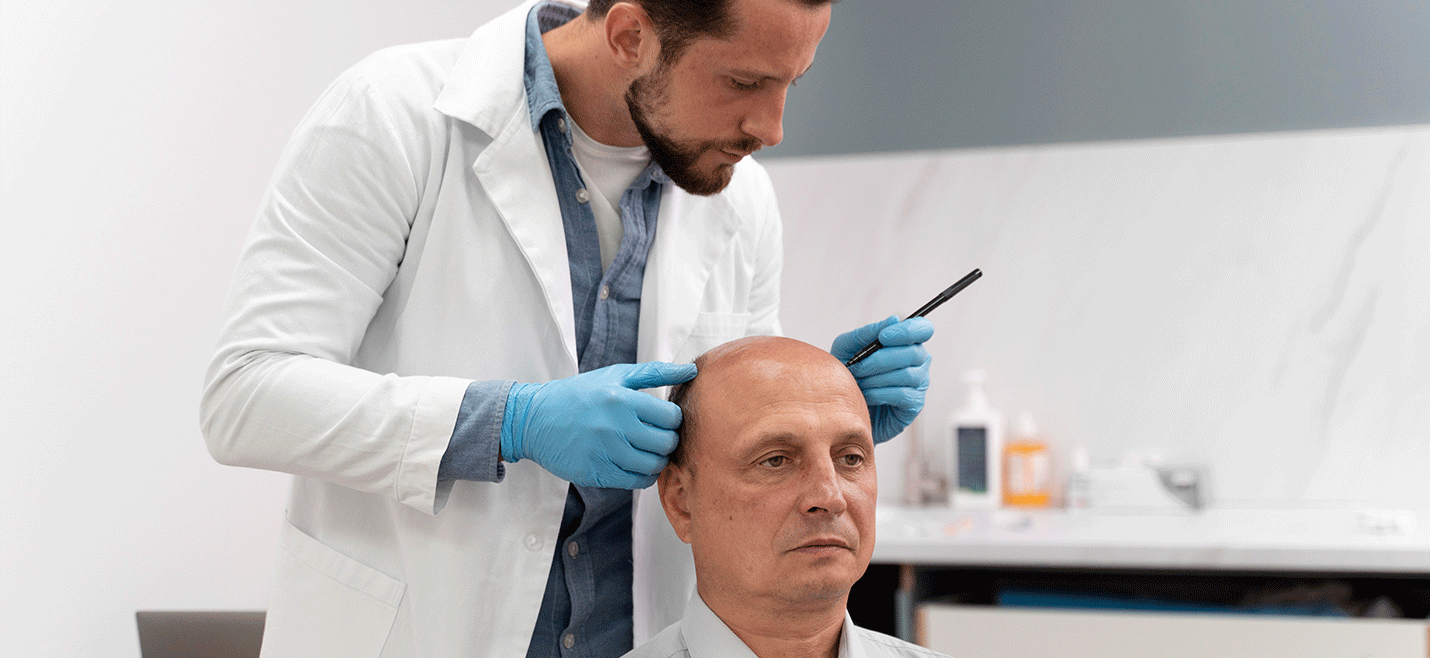
Understanding Hair Transplantation
Hair transplantation is a highly effective solution for individuals experiencing hair loss. This procedure involves transferring hair follicles from donor sites, typically the back of the head, to areas affected by baldness or thinning hair. The process is designed to restore hair growth in a natural and aesthetically pleasing manner, tailored to meet individual needs. Successful hair transplantation requires a thorough understanding of the patient's hair type and skin characteristics.
Procedure Overview
The hair transplantation procedure must be conducted in sterile conditions by experienced professionals to ensure safety and efficacy. Initially, local anesthesia is administered to provide a pain-free experience. The hair follicles are then extracted from areas with stronger hair growth and implanted individually into the thinning regions of the scalp. The entire process is generally painless and takes about 4 to 6 hours, depending on the size of the treatment area and the number of follicles being transplanted. Proper technique is crucial for the successful integration and healthy growth of the transplanted hair, which involves meticulous placement to match the natural growth patterns.
Post-Operative Care
After the surgery, it is advisable for patients to rest at home for a few days and avoid strenuous outdoor activities. Patients may experience some shedding of the hair in the weeks following the transplant, which is a normal part of the process. However, the underlying hair follicles remain intact and will eventually lead to new hair growth as they settle into the scalp. Following the procedure, proper aftercare is essential for achieving the best results, including avoiding excessive sun exposure and adhering to the doctor’s instructions regarding hair care and maintenance.
